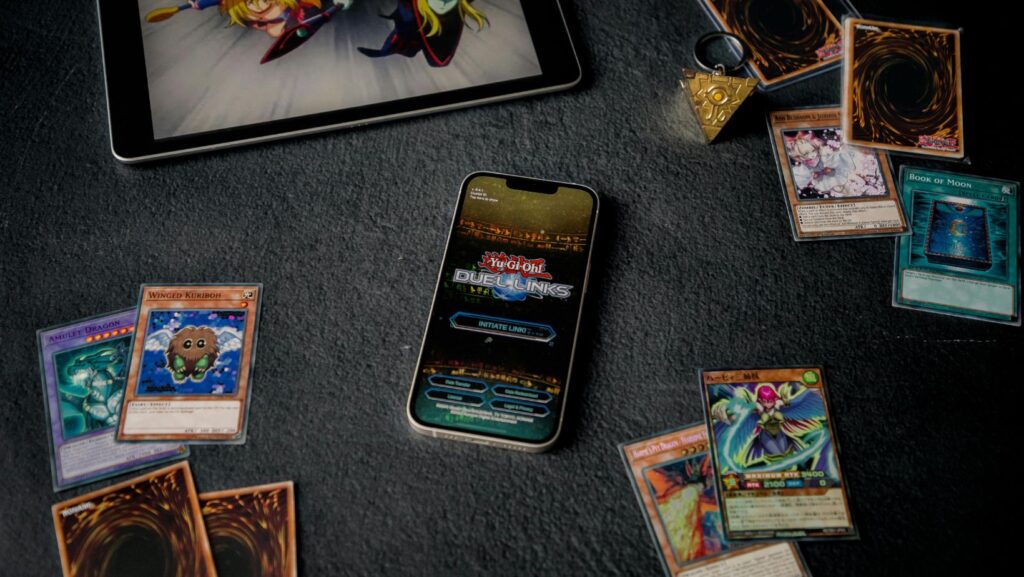When it comes to creating engaging card games, the design is key. As a seasoned game designer, I’ve learned that every element, from the card mechanics to the artwork, plays a crucial role in captivating players. In this article, I’ll share my insights on what makes a successful card game design and how you can craft games that keep players coming back for more.
From strategic gameplay to immersive themes, card game design offers endless possibilities for creativity. As I delve into the intricacies of designing card games, you’ll discover the importance of balancing luck and skill, creating a cohesive visual identity, and fostering a sense of excitement and competition among players. Join me on this journey into the world of card game design, where innovation and strategy collide to create unforgettable gaming experiences.
Card Game Design
When it comes to card game design, every detail matters. From the mechanics that drive gameplay to the artwork that captures the imagination, each element plays a crucial role in creating an engaging experience for players.
The balance between luck and skill is essential in keeping players both challenged and entertained. A well-designed card game strikes the perfect equilibrium, ensuring that players feel both strategic and fortunate as they navigate through each game session.
A cohesive visual identity is also key in making a card game memorable. The artwork, graphics, and overall design should work harmoniously to transport players into the game’s world, enhancing their immersion and enjoyment.
Moreover, excitement and competition are vital aspects of card game design. By incorporating elements that spark adrenaline and foster a sense of rivalry among players, designers can create experiences that keep players coming back for more.

Elements of a Successful Card Game Design
Theme Selection
Choosing a captivating theme is crucial in engaging players. A well-crafted theme sets the tone, evokes emotion, and enhances overall gameplay experience.
Game Mechanics
Innovative game mechanics are key to keeping players intrigued. They should be intuitive, challenging, and offer strategic depth to ensure a rewarding experience.
Card Balance
Maintaining Card Balance is essential for fair gameplay. Each card should have unique strengths and weaknesses, ensuring diversity in strategies and preventing one-card dominance.
Principles of Card Game Design
Simplicity
In card game design, simplicity is key to ensure new players can easily learn the game and start playing quickly. Clear rules and straightforward mechanics are essential for a smooth gaming experience.
Strategic Depth
Strategic Depth adds complexity and intrigue to a card game, challenging players to think critically and strategize to outsmart their opponents. Various strategies and decision-making opportunities enhance the gameplay experience.
Replayability
Replayability is essential for the longevity of a card game. Varied card interactions, different outcomes in each game, and randomized elements keep players engaged and coming back for more.

Design Challenges in Card Games
Balancing Luck and Skill
Designing card games involves a delicate balance between luck and skill. Statistics show that players seek games that challenge their abilities while still allowing for unpredictable outcomes. Achieving this balance keeps players engaged and excited, leading to a more enjoyable gaming experience.
Player Engagement
Maintaining Player Engagement is another significant challenge in card game design. It’s crucial to create mechanics that captivate players’ attention, encourage strategic thinking, and foster interaction among participants. By incorporating elements that keep players invested and eager to play again, designers can ensure long-term success for their card games.
Designing card games involves striking a delicate balance between luck and skill to keep players challenged and engaged. By creating games that test players’ abilities while offering unpredictable outcomes, designers can ensure a captivating gaming experience. Strategic mechanics and player interaction are key elements in maintaining long-term success for card games. Remember, a well-crafted card game not only entertains but also stimulates strategic thinking and fosters social connections among players. Embrace the challenges of game design, and craft experiences that captivate and inspire players to keep coming back for more.

